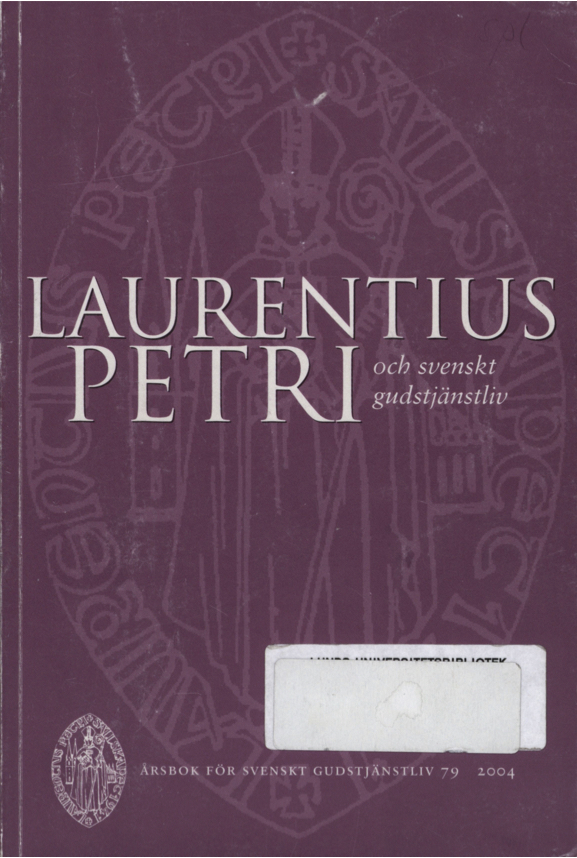På väg mot en evangelisk kyrka i svensk tradition
Abstract
There is a crucial sociological difference between the Reformation in Germany and its reception by the Swedish population. The German movement had its origin and support in the cities and towns, while 80% of the population of Sweden in the 16th century made their living as farmers. Farmers are by nature opposed to changes in traditional customs. Laurentius Petri considered all changes dangerous and a possible cause of riots. After Luther’s death in 1546 Melanchthon became the leading theological authority in Sweden, mainly by way of his loci communes and other books of learning. For Luther both intellectus and affectus were necessary for a living faith, with the main stress on affectus as the meeting place with God. Melanchthon on the other hand stressed the dominance of intellectus, seeing the Church mainly as an educational institution. Petri’ s preaching was influenced by Melanchthon, stressing the dominance of teaching and moral instruction, seeing the worshippers as an ’audience’. Liturgically he opposed changes in those ceremonies Luther had called ’adiaphora’, which were optional. He not only tolerated them, but appreciated them and attached an »evangelical meaning» to them. Contrary to his colleagues on the Continent he declared that »abuse does not abolish use». Thus elevation, largely abolished in Lutheran Germany after 1542, was prescribed in the Swedish Mass, as being of value for the community, allowing people to see what was going on, and adore. The loss of emotional involvement in the service caused by the dominance of intellectus in the sermon, reducing the worshippers to pupils, was thus counteracted by the upkeep of traditional liturgical ceremonies in worship which gave opportunities for active participation and the feeling of a sacral dimension ( =Luther’s affectus).
Downloads
Publicerad
Nummer
Sektion
Licens
© författarna, Laurentius Petri Sällskapet för svenskt gudstjänstliv samt Artos & Norma bokförlag. Det är tillåtet att kopiera och använda material ur Svenskt Gudstjänstliv för forskningsändamål om källan anges. För övriga ändamål kontakta respektive artikelförfattare samt förlaget. Särskilda restriktioner kan gälla för bildmaterial.


